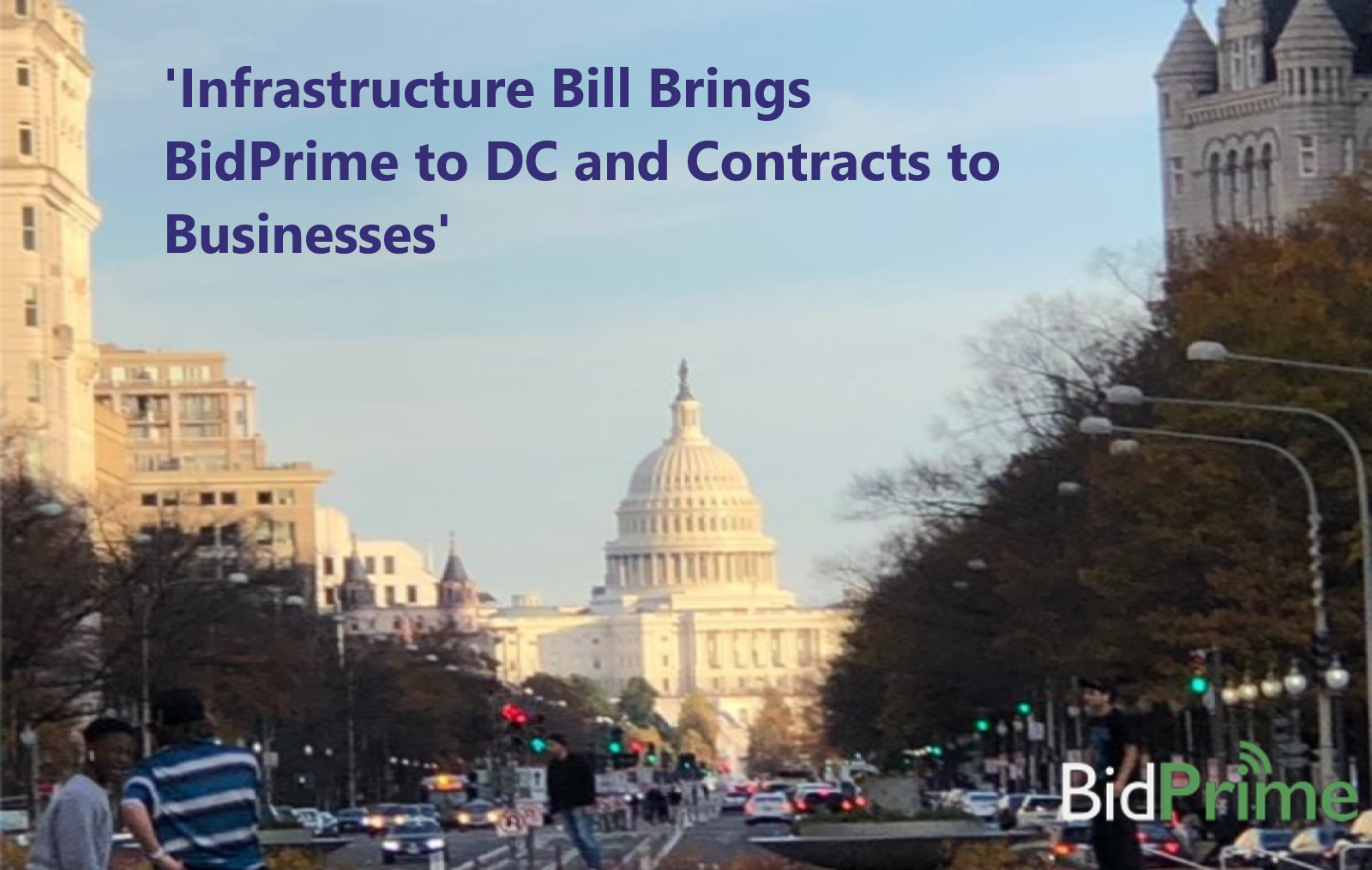Back on November 15th, after a seemingly endless series of debates and delays over the years, President Joe Biden signed into law the $1.2 trillion bipartisan infrastructure bill. As a result, the transformational legislation will create much needed jobs across the United States and invest many, many billions of dollars to state, local, and tribal governments. In an unexpected twist to my tracking of this bill, I come to find out that an airport shuttle driver, in Texas, succinctly articulates the magnitude of this moment.
Setting the Scene
My charge was to go to the source. On the heels of the signing ceremony and conversations with Emily Feenstra, from the American Society of Civil Engineers (ASCE), and Stephen Hetzel, with BidPrime, I made some calls, quickly constructed an itinerary, and travelled east to our nation’s capital. The banks of the Potomac seemed like the appropriate destination for fact finding and to compile this summary of the Infrastructure Bill.
I already divulged a snippet of foreshadowing, but a spoiler alert: As I took flight, little did I know that, upon my return, a random, chance meeting would tie it all together quite nicely.
Emily and Stephen agreed that implementation teams, agencies, and other responsible parties will routinely be moving quickly on many of these projects. Why is "quick" important to would-be contractors and vendors? Over recent years, you and I have already recognized the decrease in timeframes from publication to award of contracts, with automation, eprocurement solutions, and streamlined processes being identified as the causes. All signs and reports point towards, and direct feedback I am getting, is this urgency will continue.
It was a historic day for 'The Big Bid Theory'. Scroll towards the bottom of this report for my previously referenced informative, compelling interviews with Emily and Stephen.
Two important questions emerge for businesses, after review of this broad and sweeping legislation: Is your business positioned to quickly identify these projects? These projects, aka opportunities, are spread out across the United States, involving many thousands of town, city, county, municipal, state, tribal, education, and other public sector entities. Is your business one of the 99+ percent of businesses that do not have the inhouse staff available to do the daily required surveillance and audit the myriad of bid sources? Within this report, as I review specifics contained in the bill, you will notice current, actual bids that BidPrime has identified. As important, there are tips on how you can best position your business to identify, compete for, and win these lucrative contracts.
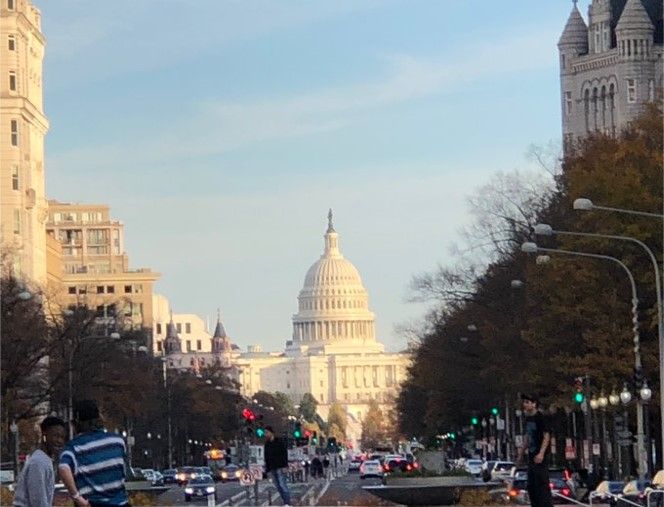
Much contained in the bill will amend legislation already on the books. In addition, the 2,700 page document outlines the procedures and processes for the all important decision making, as it relates to various aspects of the legislation. Upon review of the bill in its entirety, there are authorizations for the spending of appropriated funds during the current fiscal year onward through fiscal year '26.
The funds will be used in many areas, to include, the repair of crumbling bridges and roadways, improve delivery of clean water, expansion of broadband internet access to millions of Americans, and more.
Federal government, state, local, and tribal leaders are now tasked with determining and carrying out how the specific needs will be spelled out, funds will be distributed, and projects managed and finalized. Individual states will receive anywhere between $2 billion to $45 billion in non-grant funds. What I have heard is that we can anticipate swift action on a significant number of these projects. The implementation teams, at the various federal agencies, are under clear, specific deadlines. Notably, local governments will have the ability to apply directly for various grants, which it stands to reason will further expedite the process.
New York, Texas, and California are projected to receive the most money, in terms of total funds. Those three states represent roughly 26.51% of the US population. Meanwhile, Alaska, Wyoming, Montana, and Vermont will actually receive the most funding proportionately. Those four states check in with approximately, only .91% of total US citizens.
Thoughts from Federal Triangle
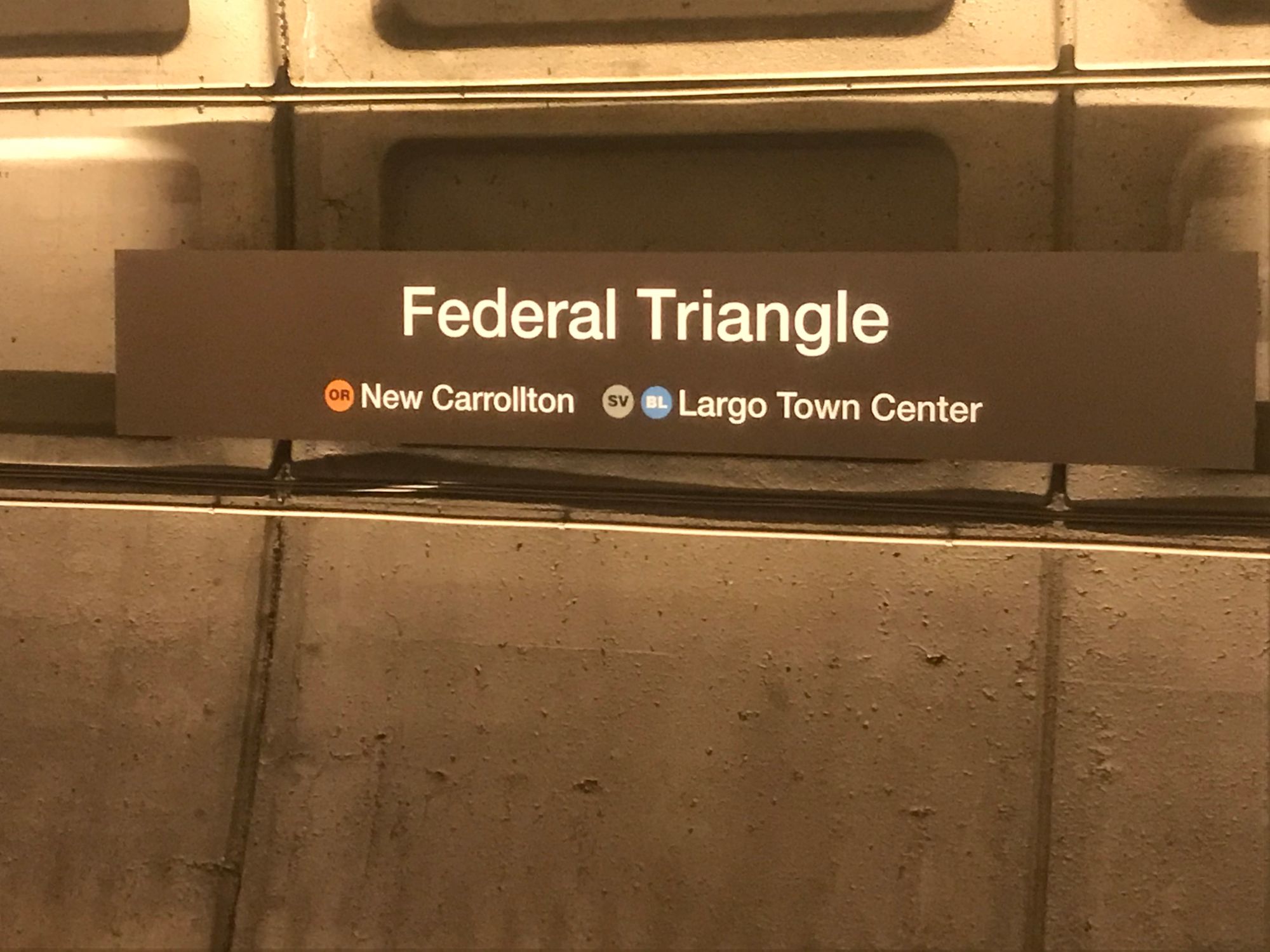
There is not a single topic that BidPrime, 'The Big Bid Theory', nor I have researched, analyzed, reported on moreso than infrastructure. Over the years, I have spoken with a number of skeptics who, to varying degrees, were convinced nothing of consequence would happen, or there would possibly, maybe be some form of inconsequential effort.
In short, this legislation does set forth an impressive list of what some would debate are the very most important priorities. This bill serves as the muscle to enable cities, towns, and communities to go from hope and wish to jobs and ribbon cuttings. Those who have heard me say it over the years, or heard it from various guests on ‘The Big Bid Theory’, hold onto your armrests: At this very second, as has been the case every day over recent years, there is already an extensive list of infrastructure-related projects, solicitations, bids...
The snag has been that, with the absence of sufficient action being taken, many trouble areas have gotten worse - time waits for no infrastructure project. In addition, original needs, and new knowledge, have created requirements that did not exist years ago. As I have travelled around DC, I am overcome with the overwhelming reminders that this is a country where anything is possible. Procrastination is the enemy of good infrastructure. Sitting there, looking out towards the Washington Monument, I was struck how this is such a momumental moment in the history of the United States. Finally, it is time to do the work.
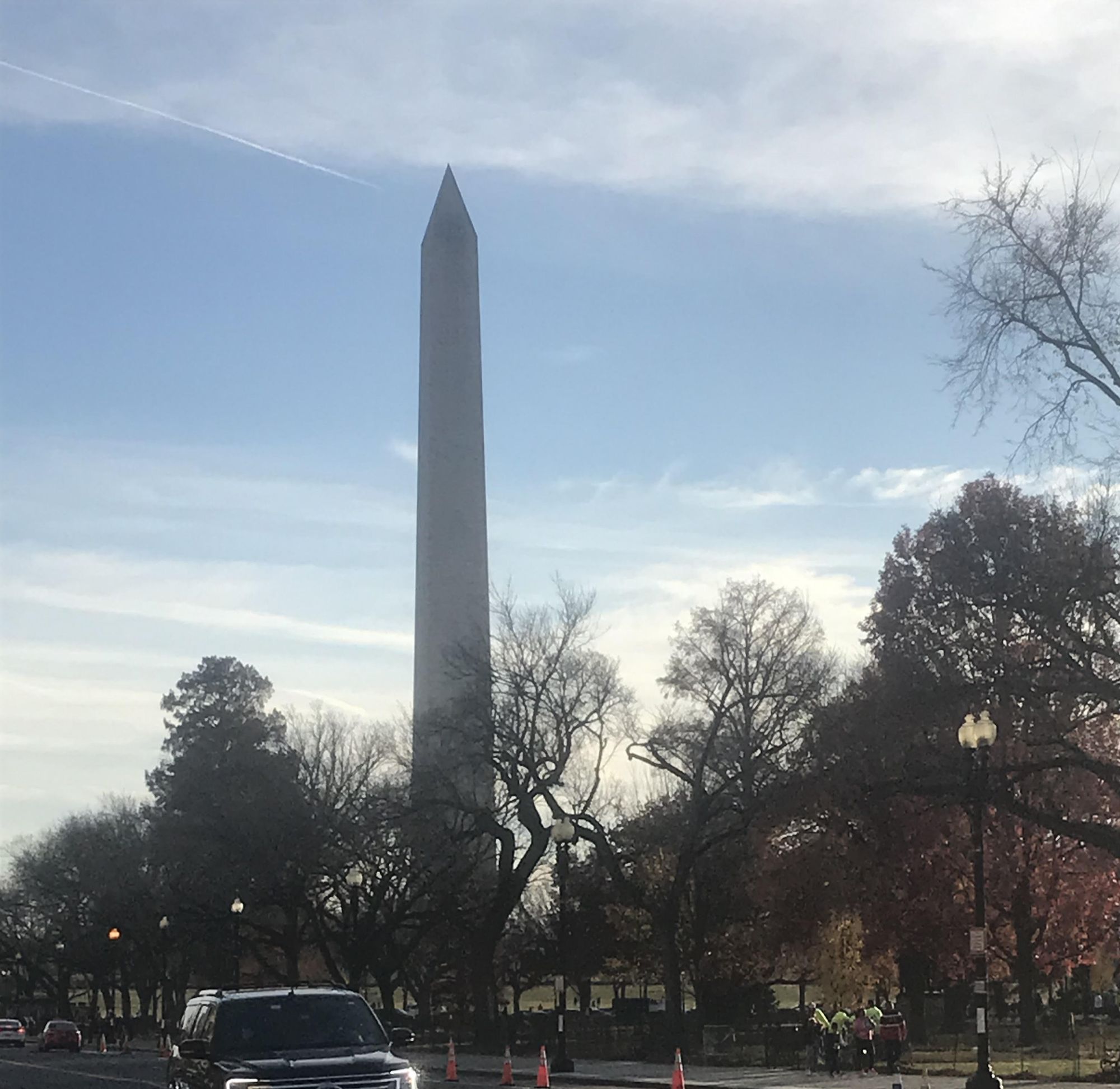
What is in the Bill and Bid Database?
As I hit on a few of the highlights from The White House's 'Fact Sheet: The Bipartisan Infrastructure Deal', I have attempted to steer clear of constructing a treatise, a prolonged wall of words, that you can undoubtedly find elsewhere. As promised, the following will include current, active solicitations, based on the applicable keyword. As a bonus, I researched and inserted 3-year graphical representations of federal, state/local bid/RFP activity, using BidPrime's Market Analysis tool. Again, based on a relevant keyword. Do you notice how busy State and Local entities have been?
Disclaimer: Understand that the list of active bids and graphs in zero way lists each and every associated opportunity, nor possible related datapoint in the graph reports.
Across the country, there will be an increased focus to improve our ability to bring clean water to Americans. Investment in water will be made to the tune of $55 billion.
While monitoring the industry, I have already understood there is an increase in projects related to the inspection, risk assessment, and replacement of lead service lines. Investment from this legislation will significantly ramp up efforts on water - a resource important to every single American, or visitor to this country.
Keep an eye on: water and wastewater plant construction, water engineering, operations, testing and monitoring, equipment supply, water treatment chemicals.
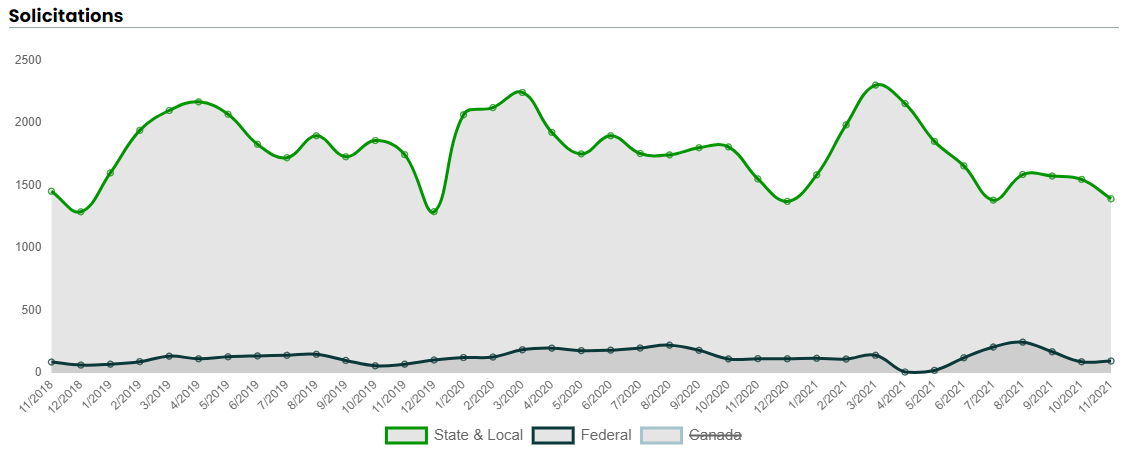
As you read this on your computer or phone, keep in mind there are many Americans who don’t have access to reliable high-speed internet. It is true! Issues with access to the internet is a topic I know well. For example, just last year, we covered this on ‘The Big Bid Theory’, as part of an episode on distance learning. You can hear from David Childress and Ken Bouwens, a couple of education administration leaders at Louisa County Public Schools, a rural area of 511 square miles, county population of 36,778, in the central Piedmont region of Virginia.
This addresses important areas, beyond education. The infrastructure bill will direct $65 billion towards high-speed internet that will help healthcare, industry, emergency services, and yes, education. The funds will also go towards ensuring that internet access is affordable.
Keep an eye on: Any business involved in the wide range of services, solutions, equipment needed to effect broadband and or WiFi network service delivery.
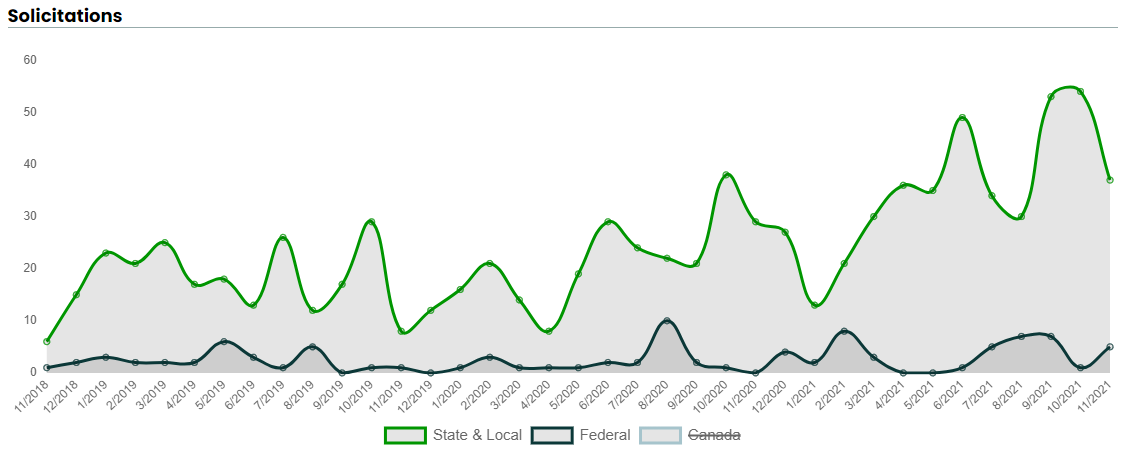
There are many who have come to incorrectly suppose that infrastructure primarily pertains to the US road and highway systems. Untrue, but there will certainly be a significant investment in this area, with roughly $110 billion being allocated. Included in this aspect, will be a focus on climate change mitigation, resilience, equity, and safety.
Notably, the first ever 'Safe Streets and Roads for All' program will be rolled oiut to support projects aimed at reducing traffic fatalities. With a sobering projection of 40,000 plus traffic-related deaths in the US over 2021, there will be $6 billion specifically targeted to assist local governments in reducing crashes and resulting fatalities. This will include traffic roundabouts to slow cars, new bike paths, extension of sidewalks, and even reconfiguring some roadways to compel citizens to take advantage of public or other forms of transportation.
Keep an eye on: Including, but not limited to: engineering, environmental review, subject matter consultants, inspections, appraisals, removal/trimming of trees and other clearing needs, equipment, materials, construction.
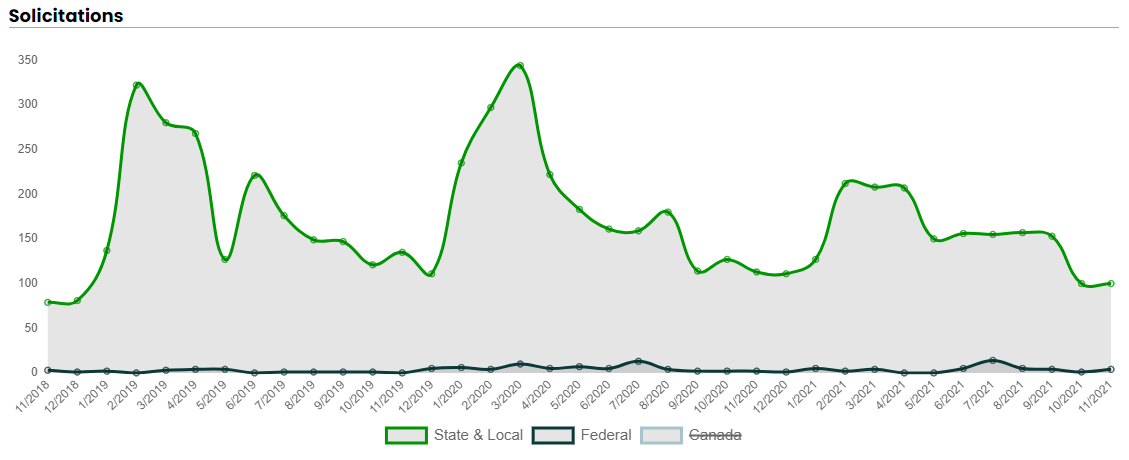
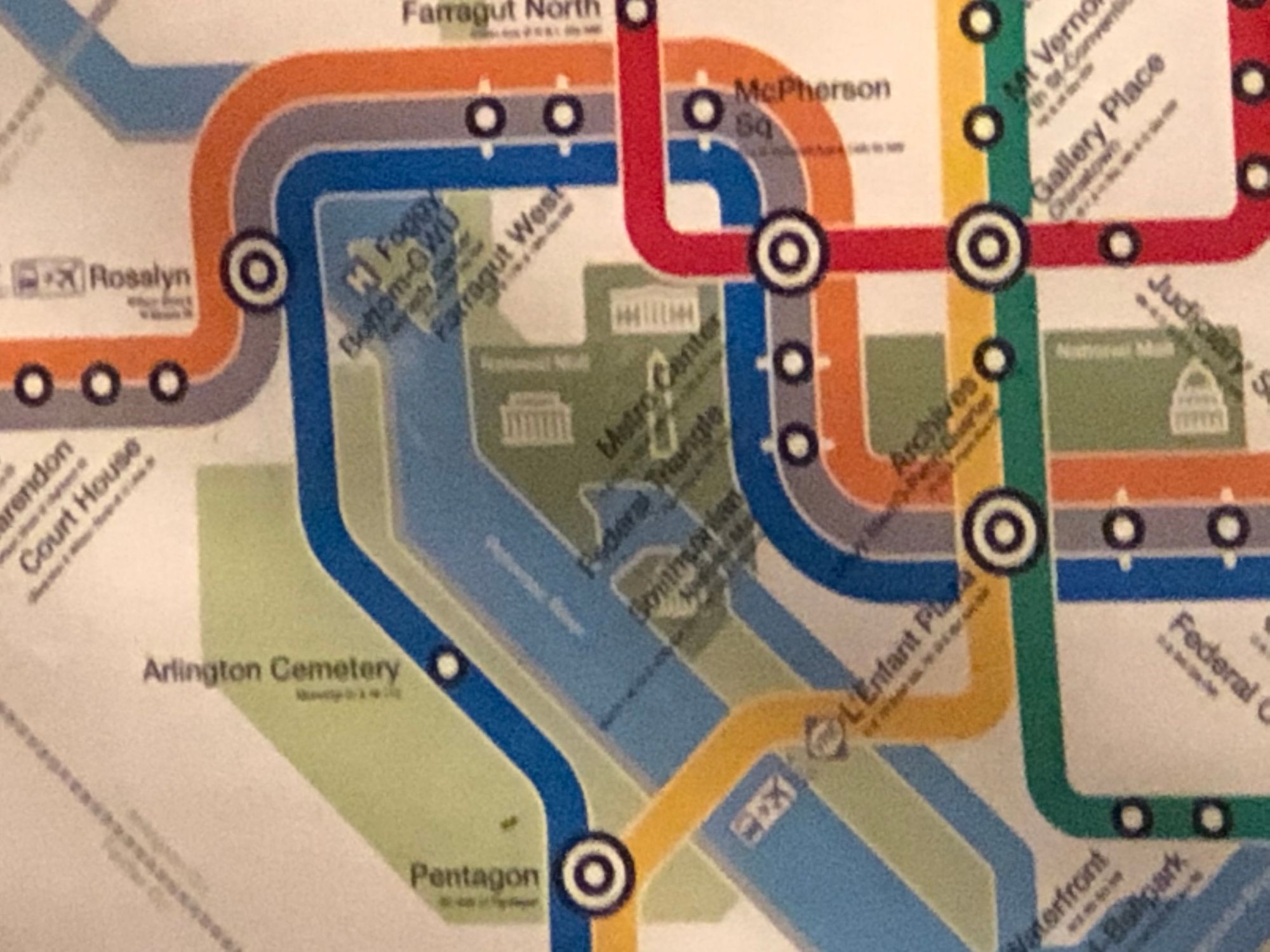
The bill is stocked with elements related to the movement of people and things. While a focus on the reduction of greenhouse emissions, this bill will include a sizeable investment in US public transit. I have ridden some of the major transit systems in the world, to include the DC Metro again during this most recent visit. I will sum up my not completely authoritative opinion on US transit: There is work to be done.
In addition to the severe repair backlog for current resources, there is a palpable necessity to expand transit service in many regions of the US, to include those with particular socioeconomic necessities. This bill will address these areas.
In total, the new investments and reauthorization in the Bipartisan Infrastructure Deal will provide $89.9 billion in guaranteed funding for public transit over the next five years.
Keep an eye on: Planning, engineering, environmental review, design, materials and assets, construction, operations, maintenance.
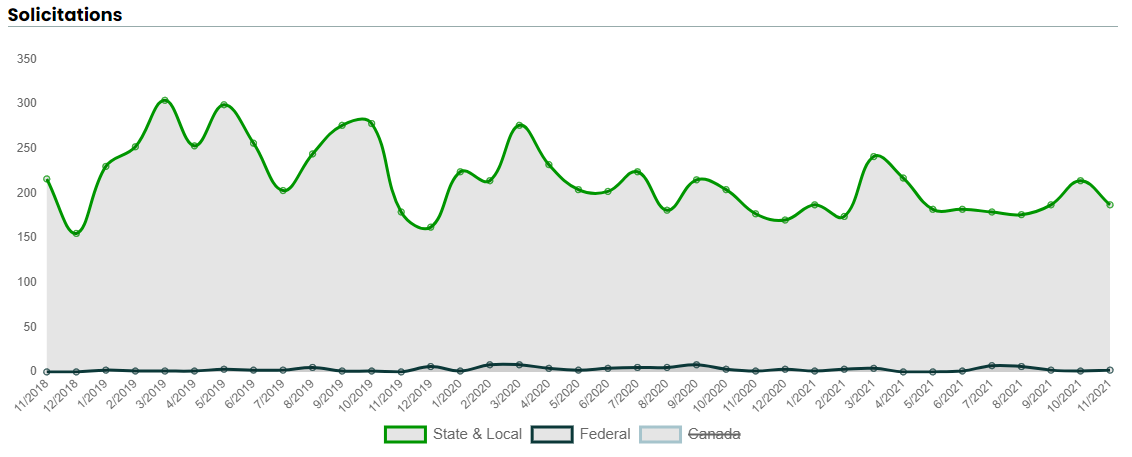
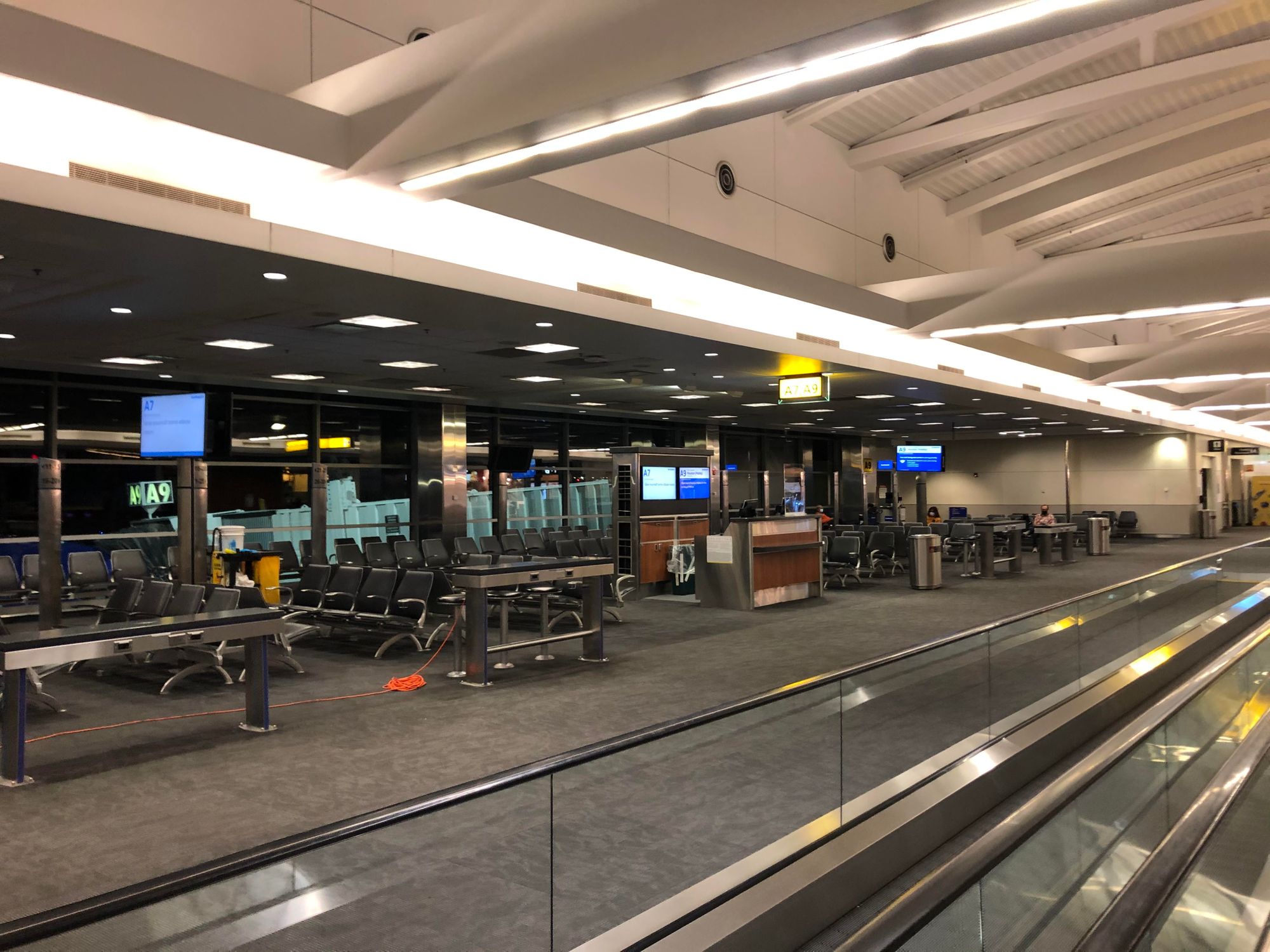
The crafters of this bill recognized the need to upgrade airports and ports, across the US. Improved airports will result in innumerable benefits and fixing our ports will help correct some of the issues with supply chains. Both of these points will have weighty gains for the US economy, global competitiveness, and security.
As noted in 'Fact Sheet: The Bipartisan Infrastructure Deal', put out by The White House, "...no U.S. airports rank in the top 25 of airports worldwide." That is unacceptable.
The budget for this part of the legislation is $17 billion towards port infrastructure and waterways and $25 billion on airports.
Keep an eye on: Planning, engineering, environmental review, design, materials and assets, construction, operations, traffic and parking technology, signage and wayfinding, lighting, maintenance.
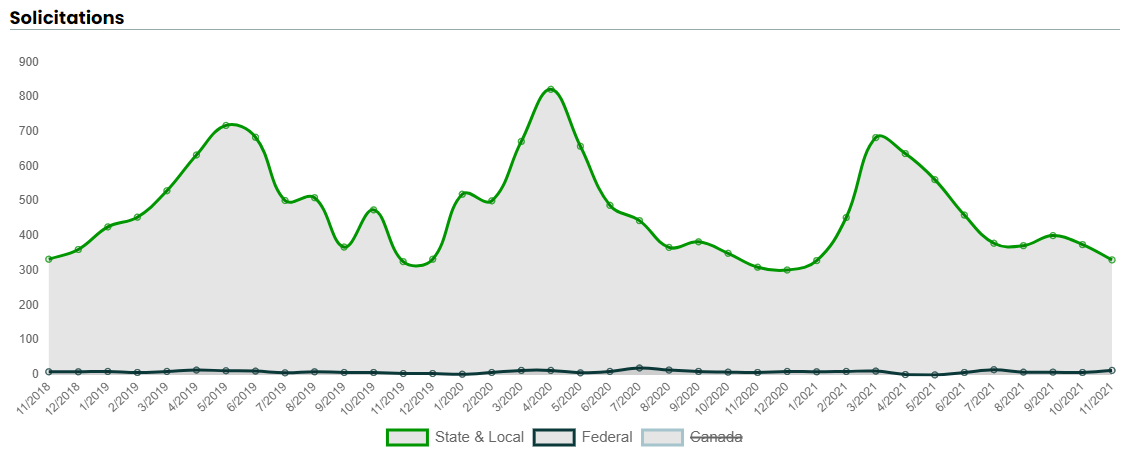
At-grade railroad crossings, passenger rail, and freight rail will each benefit from investment associated with this infrastructure bill.
There will be more trains. The bill will include an investment of $66 billion towards additional rail, the Amtrak maintenance backlog, modernization of the Northeast Corridor and to bring more modern rail service beyond the eastern seaboard.
Points of emphasis will include safety, efficiency, and climate-friendliness. Interesting to note how the bill outlines that Amtrak will continue providing rural services and will be moved to study services that were systematically discontinued over recent years.
Keep an eye on: Planning, engineering, maintenance, environmental review, design, materials and assets, signage and wayfinding, machinery, construction.
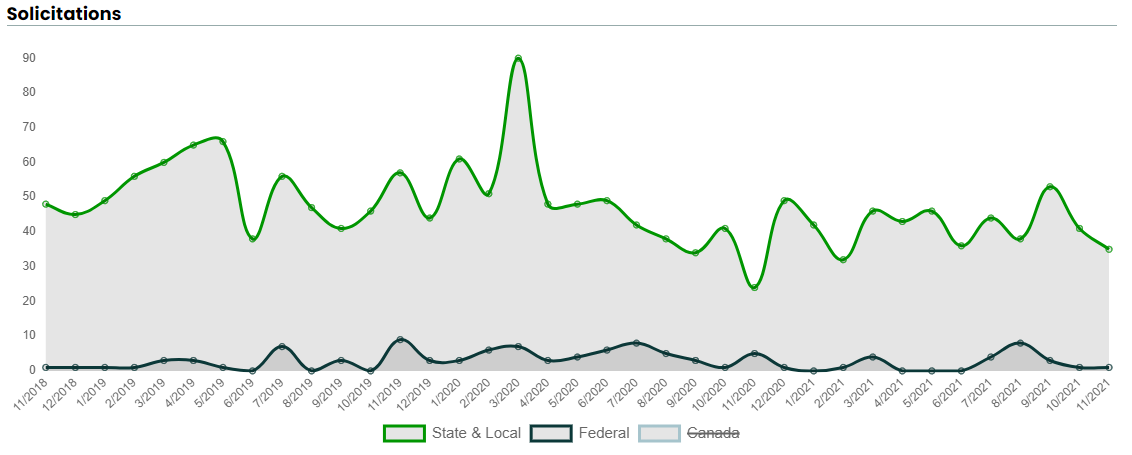
Users of electric vehicles discuss driving range, consumption, and charging station availability. With this legislation, the US will construct a network of electric vehicle (EV) chargers, across the country. There will be a $7.5 billion investment to put in place the network of electric vehicle chargers.
With an ambitious goal of a 500,000 EV chargers network, there will be a two-pronged approach of adequately deploying EV chargers along interstate and other highway corridors, along with availability within cities, towns, and elsewhere.
On Monday, December 13th, The White House further spelled out the plans, as it relates to Electric Vehicles, 'FACT SHEET: The Biden-Harris Electric Vehicle Charging Action Plan'.
Keep an eye on: Engineering, design, consultants, infrastructure for charging locations, charging equipment, EV batteries, operations, maintenance.
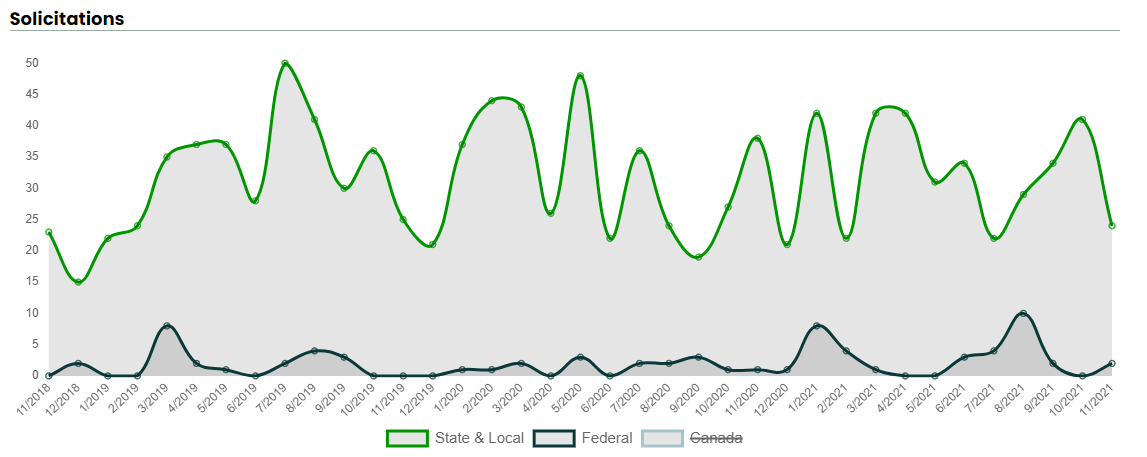
Most understand the important role energy plays, across many aspects of our lives. The US Department of Energy disclosed that power outages cost the US economy up to $70 billion annually. Back in February, right here in Texas, a state known for a relative abundance of energy resources, we were reminded about the importance of reliable energy and the power grid.
The bill aims to dole out $65 billion to upgrade our power infrastructure with empasis on delivery of clean, reliable energy and deployment of cutting-edge energy technology to eventually realize zero-emissions. As documented by The White House, this legislation includes the largest investment in clean energy transmission and grid in American history.
Keep an eye on: Engineering, design, consultants, construction, technology, equipment and materials, operations, maintenance.
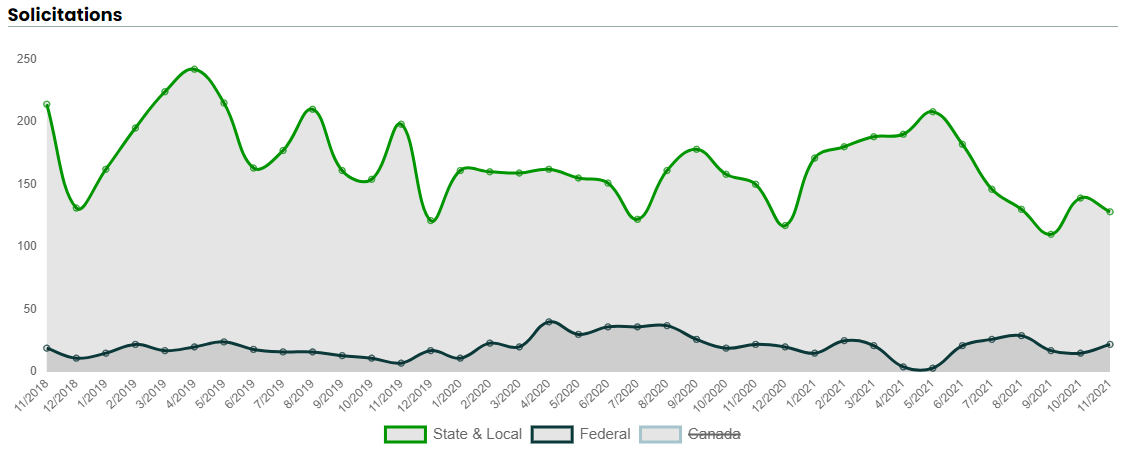
Throughtout this bill, climate is mentioned and addressed early and often. Over the years, I have continued to observe an ever growing increase in the number of environment-related solicitations from the public sector. With the infrastructure bill, the US will work towards ensuring infrastructure is resilient to withstand climate change, cyber-attacks, and extreme weather events. The White House pointed out how, in 2020, extreme weather and climate-related disasters resulted in cumulative losses of nearly $100 billion.
This aspect of the bill will invest over $50 billion to protect against droughts, heat, floods and wildfires, in addition to a major investment in weatherization.
Keep an eye on: Engineering, design, consultants, clean energy technologies, electric transportation, electric vehicle chargers, alternative fueling infrastructure, multimodal transportation, weatherization and resiliency initiatives, site development.
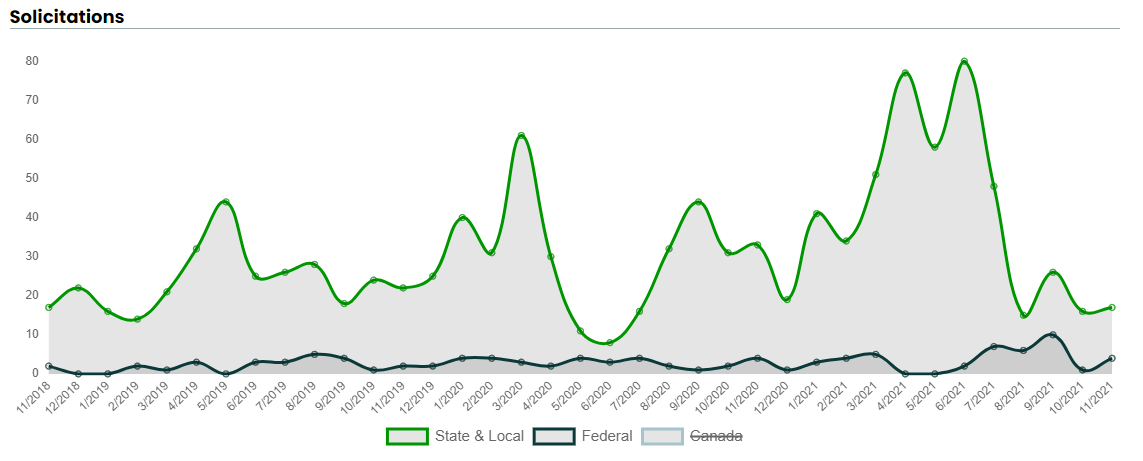
I will repeat. The numbers and scope of environmental-type bids, RFPs, solicitations has skyrocketed over recent years. Truly incredible. Still, Superfund and brownfield sites are an ongoing problem. The infrastructure bill will invest in addressing these legacy pollution problems. As we have predicted for months, this portion of the bill strives to address the reclamation of abandoned mines and capping orphaned oil and gas wells. As noted in the Fact Sheet, "... hundreds of thousands of former industrial and energy sites are now idle – sources of blight and pollution..."
Federal, state, local, and tribal governments will have $21 billion available for the relevant clean up and other efforts.
Keep an eye on: Engineering, design, consultants, clean energy, renewable energy, water and wastewater infrastructure, pipes, clean up services.
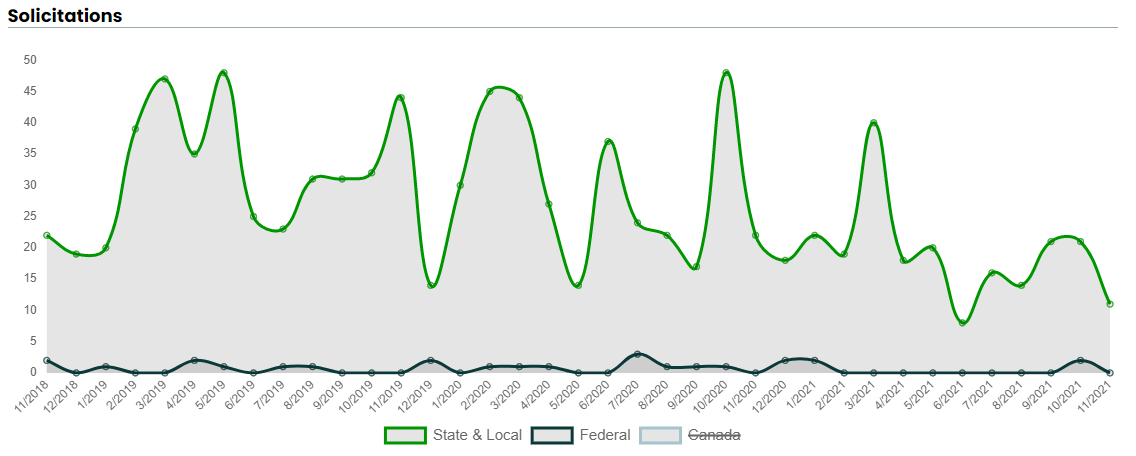
What are experts saying?
Just last week, I interviewed two authorites on the subject matter, who are veterans of analyzing infrastructure, industry, and the government purchasing processes. Emily Feenstra and Stephen Hetzel discussed specific aspects of this recently signed bipartisan infrastructure bill. Here are the conversations, in two parts:
'Infrastructure Bill is Signed, So What's Next?' Part 1 with Emily Feenstra
'The Big Bid Theory' has gone video! Now that the bipartisan infrastructure bill is signed, what comes next for the public sector, businesses, the country and citizens?
Emily Feenstra, Managing Director, Government Relations and Infrastructure Initiatives, at the American Society of Civil Engineers (ASCE), answered questions, to include, how there are opportunities beyond paving and asphalt, she detailed what is involved in planning and funding of the impending projects, the role oversight will have to ensure projects stay on track, and why this infrastructure bill is important right now.
Infrastructure Bill is Signed, So What's Next? Part 2 with Stephen Hetzel
Stephen Hetzel, co-Founder and COO, from BidPrime, discusses what businesses and contractors need to know relative to the infrastructure bill and how they can best position themselves to identify, pursue, and win the coveted government contracts.
Hetzel pointed out a steady uptick in resilience and pre-mitigation opportunities in the last year, a number of infrastructure projects already underway, a quick overview of asset management opportunities, and other industry analysis you don't want to miss.
Hetzel wrapped up his visit by sharing strategies and tools that prospective contractors and vendors can take advantage of to win these contracts.
The Shuttle Driver
Five days in, and around, our nation's capital. I was focused on immersing myself in finding out even more about US infrastructure. Mission accomplished, homeward bound. BWI > BNA > AUS.
Feet back on the ground, safely returned to Texas, luggage secured. Some would label the following exchange as merely a random serendipitous event, but I choose to hold that it is more. As the other riders exited the shuttle bus on this humid, late morning, only the shuttle driver and I remained.
I feel like I have a fairly active imagination, but even I could not predict nor come up with this...
The driver peeked into the rearview mirror and asked what business had taken me away from Austin. After I explained that I was in DC to do some "boots on the ground" follow up on the newly signed infrastructure bill, he nodded his head and enthusiastically replied, without missing a beat, "US infrastructure has been neglected for too long... I'm glad we're finally doing something about it." Indeed. He swung the shuttle into the aisle where my car awaited. I smiled.
There you have it. Why the infrastructure bill, why now? "US infrastructure has been neglected for too long... I'm glad we're finally doing something about it."
Opportunities
For more information about the infrastructure-related opportunities, to see the current bids, visit the 'Infrastructure Hub'. For a free, no obligation trial of BidPrime, to do a comparison of what you are currently doing, go to BidPrime, or call 888.808.5356.

